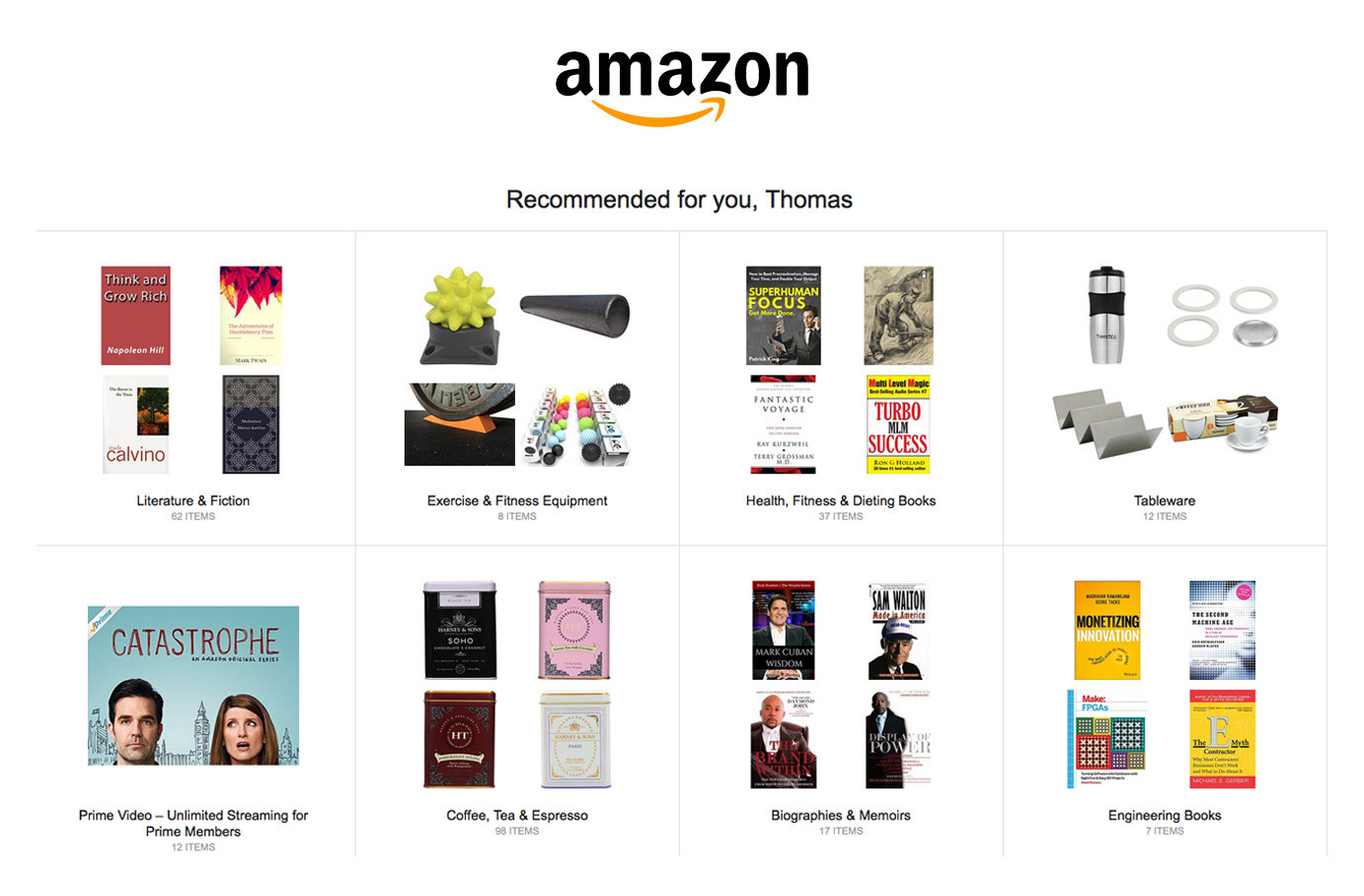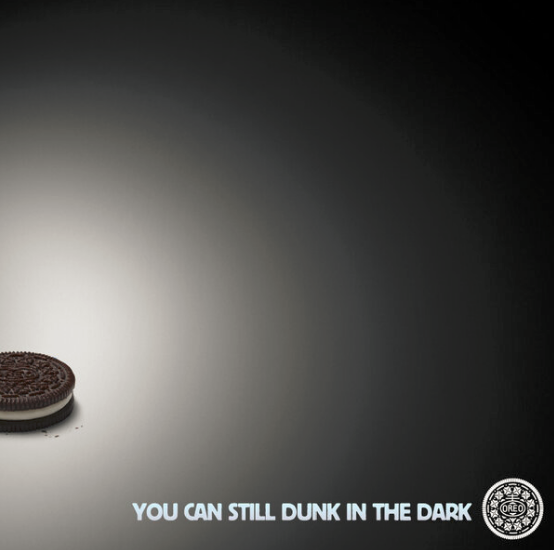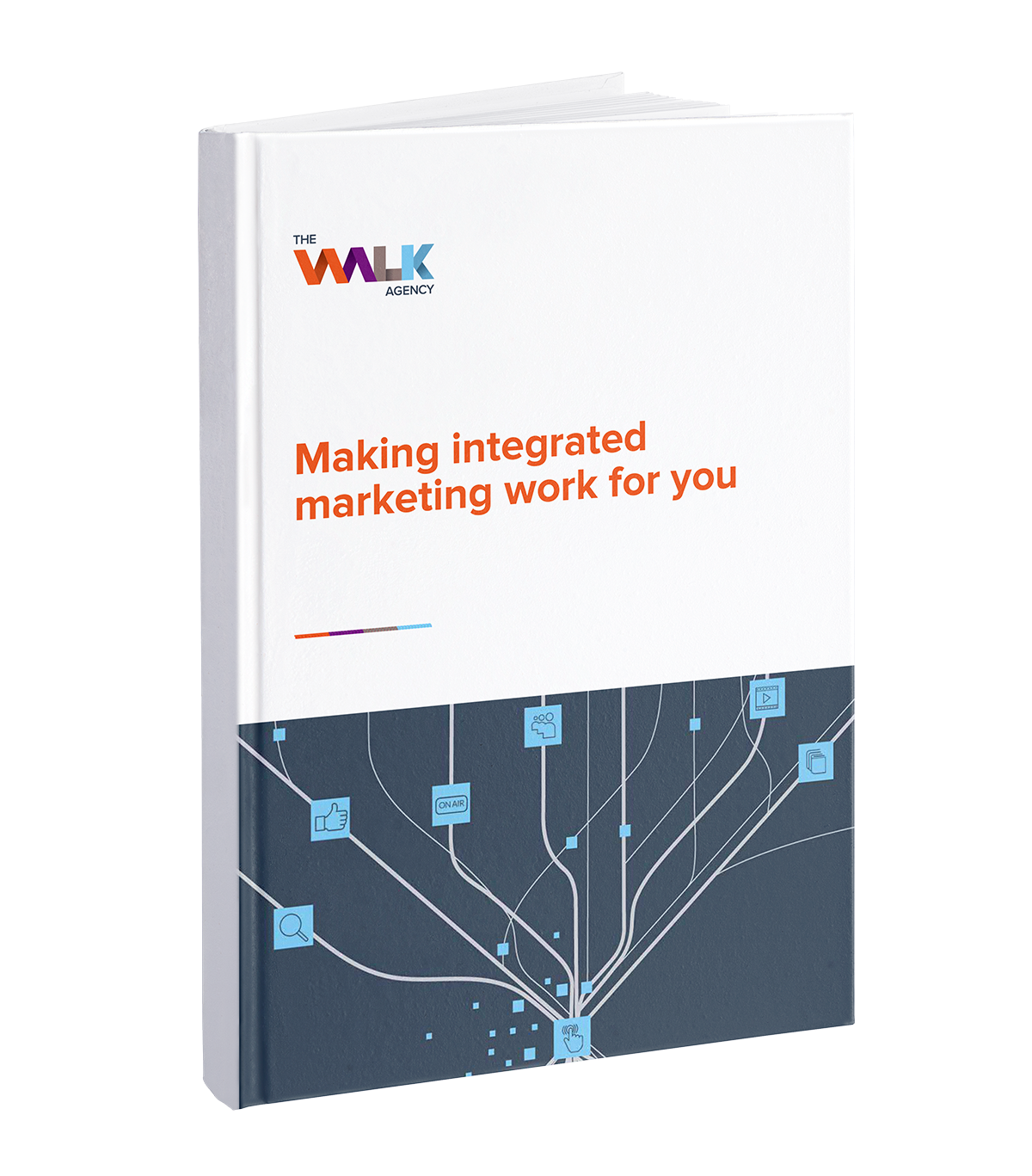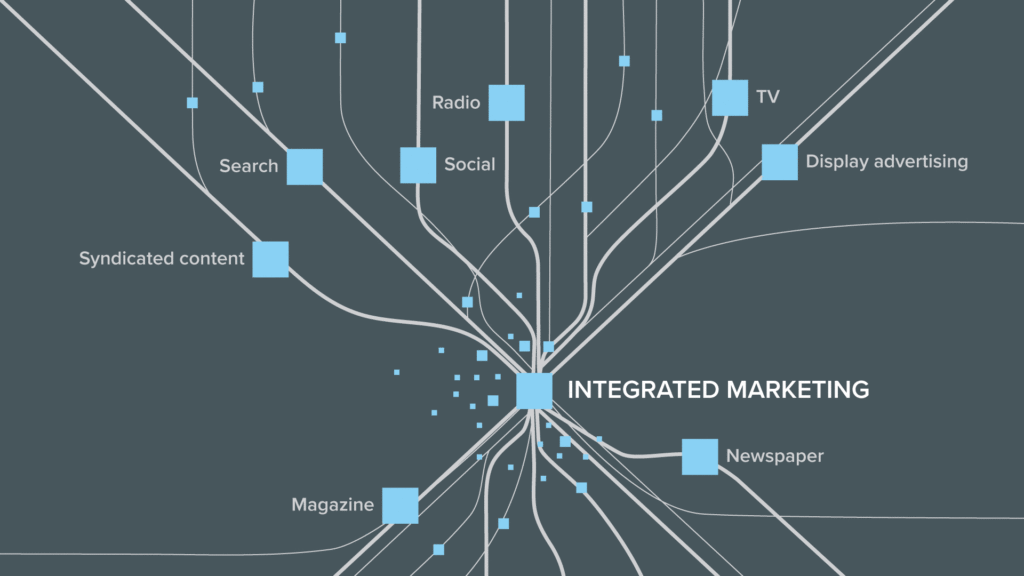“Know thy audience”
It’s a commonly touted phrase, and words to live by for actors, politicians and marketers alike.
But when it comes to marketing your brand, there’s more to it than simply knowing who your audience is and what they value. These days, by understanding the lives your customers lead, you’ll be able to personalise the customer experience, right down to the minute. That means you can feature the right product or service, in the right context, just when your customer needs it most.
From online activity to geographical location, contextual targeting is your key to enhancing the customer journey.
And with announcements that Google will be withdrawing support for third-party cookies by 2022, the need for contextual marketing has never been more vital to the success of your brand.
So here’s how you can make contextual marketing work for you.
Why is contextual marketing so important?
Google’s decision to remove third-party cookies from Google Chrome is nothing new. In fact, both Safari and Firefox have been blocking third-party cookies since 2013. But Google’s decision represents the final nail in the coffin for this outdated technology, meaning marketers will need to find clever new ways to personalise their marketing.
Enter contextual targeting!
Inherently less invasive, contextual targeting is set to thrive in a cookie-less future.
Rather than tracking a user’s previous search history and popping up in unexpected places, context marketing simply shows up in the places where it’s most relevant. This more natural approach to marketing helps internet users feel less ‘followed’ online, and also helps to personalise your customers’ experiences with your brand.
“
There’s a lot of noise out there, and people’s attention spans are fleeting. This is where contextual advertising thrives.
”
But this isn’t the only benefit to using context in digital marketing. It also helps brands stand out from the crowd!
There’s a lot of noise out there, and people’s attention spans are fleeting. This is where contextual advertising thrives. By focusing on context in digital marketing, you can get the right offer in front of the right customer exactly when they need it most.
This helps customers sift through all that marketing noise to find the solutions they’re looking for.
How to use context in digital marketing
There are many different types of contextual targeting, from pinpoint advertisements that directly respond to a customer’s actions and online behaviours, through to broader contextual advertising that’s based on events, trends, or even the time of day.
Here are some ways that you can personalise the customer experience with contextual advertising:
Customer activity
By being in the right place at the right time, you can ensure that your advertisements are always highly relevant to the current needs and interests of your customers. Start featuring your products or services on relevant websites to connect with your customers, right at the moment they’re most interested in what you have to offer.
Example:

Amazon’s ‘recommendations’ feature is an excellent example of contextual advertising done right. By featuring products that are relevant to a user’s previous purchases, what they’re currently viewing, or even what they’ve got in their cart, Amazon is able to offer the right products in the right context, increasing the chances of a sale.
Take it offline
Marketing in the right context isn’t reserved for online activity. There are plenty of non-digital equivalents as well. Think of the classic ‘would you like fries with that?’ In reality, upselling and cross-selling could be considered the ‘original’ context marketing strategy.
While it’s vital that you use context in digital marketing, brands that can think beyond the digital will have the upper hand over the competition, and will be able to enhance the overall Customer Experience (CX).
Time
Most customers are more inclined to purchase certain products at certain times of the day. For example, while a customer may be very interested in buying breakfast foods in the morning, they’ll probably be less interested come lunch time.
Take the time to consider the products you’re selling, and what time of the day they’re most relevant to your customers. Not only will this increase your brand’s chances of making a sale, it can also help you save money on advertising at the wrong time of the day.
Example:
Taco Bell in the U.S. gave us an excellent example of context marketing done right when it teamed up with navigation app, Waze,
to advertise their new breakfast menu
Within the app, customers were offered the breakfast menu only as they approached a Taco Bell location during specific morning hours. The nearest location was then flagged on their map, making it convenient for customers to swing past for breakfast.
Location
With access to new GPS technology, businesses are now able to contextualise their marketing like never before. Using a customer’s geographical location, brands can encourage people to make a purchase at a time when it’s most convenient… when they’re just around the corner!
Example:
Supermarket chain Whole Foods has set up what’s known as ‘geofences’ around each of their stores. When a customer’s phone is detected within range of a Whole Foods supermarket, the chain is then able to send targeted ads to customers based on their purchasing history.
Timely marketing
Timely marketing is all about having your finger on the pulse and keeping an eye on the latest news and events. When a certain event catches the public’s attention, brands can take advantage of it to generate interest in their own brands.
Example:

Some say it wasn’t the San Francisco 49ers or the Baltimore Ravens who won the Super Bowl of February 3rd, 2013. Instead, it was Oreo!
When a power outage saw the lights go out in the Mercedes-Benz Superdome for 34 minutes, Oreo jumped on the event—and into the marketing history books—with a bit of tongue-in-cheek humour.
Posting a picture on Twitter of a starkly lit Oreo with the caption ‘You can still dunk in the dark’, the message caught sports fans by storm and quickly went viral. The post was retweeted nearly 15,000 times and earned more than 20,000 likes on Facebook. To this day, if you look up ‘Super Bowl 2013’ on Google, ‘Super Bowl 2013 Oreo’ is still one of the top suggestions. Not bad for a tweet that cost the brand virtually nothing!
Trends
The internet has seen a wealth of trends and fads that seem to disappear just as quickly as they arise.
Brands who want to take advantage of these trends will need to be quick.
By looking out for the things your customers are talking about, you can find new ways to engage with them and generate interest around your products, all while having a bit of fun and demonstrating your brand’s personality.
Example:

Who doesn’t remember #TheDress? This viral sensation had people debating for weeks about whether a dress was blue and black, or white and gold.
Soon, brands such as Lego, Dunkin’ Donuts and Ford Motor Company were all weighing in on the debate with tweets featuring their own humorous versions of #TheDress. By becoming a part of the conversation, these brands were able to connect with their audience in a humorous way that helped strengthen the relationship.
Stay relevant with contextual marketing
With customers and the digital landscape putting greater emphasis on the importance of privacy, brands need to find new and innovative ways to market their products online.
From pinpoint marketing that responds to an individual customer’s location and online behaviour, through to broader context marketing that targets rising trends and current events, contextual marketing is helping brands to stay relevant.
By marketing your products in the right context, engaging in the conversations your customers are having, and being in the right place at the right time, you can help your customers sift through the noise to find your brand when they need it most.
Want to learn more about marketing in context?
Check out Chapter 5 of our free Integrated Marketing Guide to learn more about contextual marketing and how you can get your brand in the right place, at the right time, every time.






